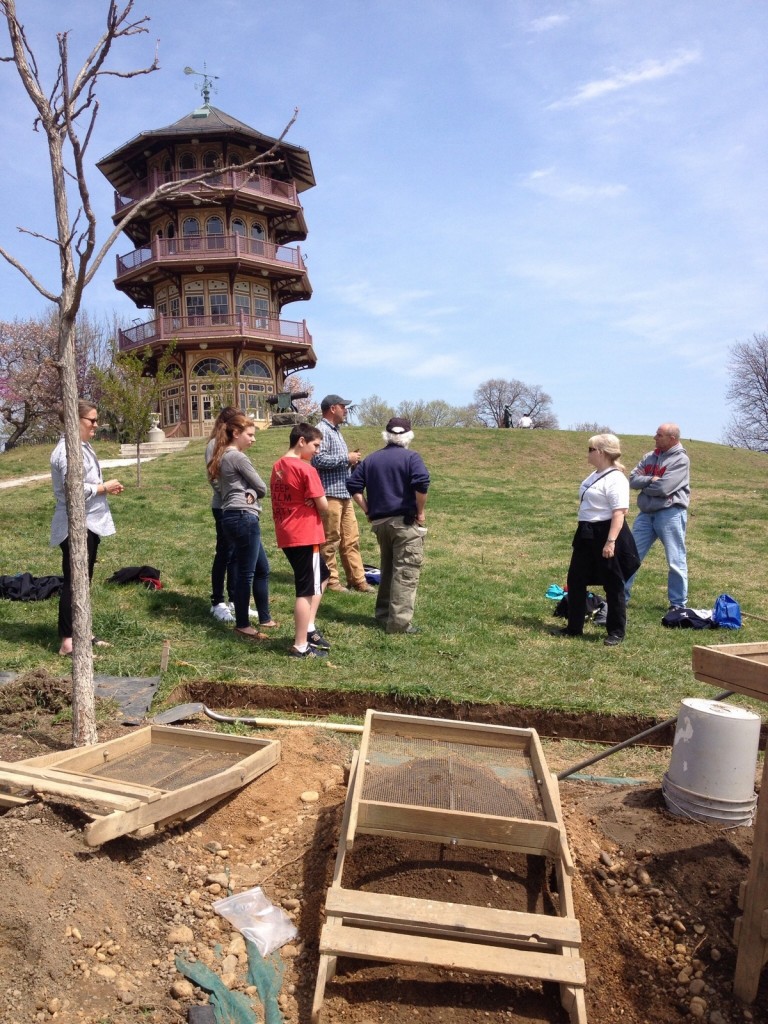Tips for Being a Good Tour Guide
Face the crowd, not what you’re talking about.
- Tour guides often get so wrapped up in their subject they forget to face the people they are addressing. One secret to avoid this is to “deputize” somebody in the crowd to interrupt you if they can’t hear you.
Be personal.
- No matter how much we love buildings, it’s a fact that people connect with people. So it’s good to have a few personal anecdotes ready, even if they’re just about past tours you’ve done. You’ll build a more personal connection to your group and create a memorable tour.
Tell a story (historical or contemporary).
- Make sure you have a few fun and compelling stories to tell about the buildings and sites you’re looking at. People are more likely to feel engaged when they are listening to a story, rather than a list of dates and names.
Get moving right away.
- Tours often get bogged down before they ever begin with tour guides doing the “big wind-up” with introductions, setting the theme, providing context, etc. Plan to scrap 90% of it.
- Hint: If you have a script, the first line should tell you: “Move thirty feet up the street before you say anything.”
Don’t worry about being perfect.
- People don’t expect you to be perfect. Set the stage for human imperfection by acknowledging that people who may know more than you should speak up and share their knowledge with the group. The more interactive the tour is, the better!
Get help to get organized.
- Try to get a volunteer to check people in so you can chat with tour goers. People give tours for many reasons, but a big one is to meet new people, and the time before the tour is a great chance to get to know your group.
- Hint: If you don’t have a volunteer beforehand, ask somebody on the spot. (They’ll love it!)
End on time. (Or try very hard.)
- Try like crazy to end on time. Nobody wants to feel like they are in tour jail. Tours on paper always seem too short and on the ground are always too long. Two hours is the absolute maximum. An hour to an hour and a half is better.
Limit your number of speakers.
- It’s hard to talk for just five minutes, so when you have multiple guides talking about different subject areas, it’s easy to lose track of time. Avoid it if you can, but, if you do have several different guides with you, designate one as the lead guide and the others as experts in a specific area.
Send a follow-up email.
- Follow up with an email — it can be as simple as a “thank you” note. If you can follow the tour with another contact, by email or otherwise, that’s another step towards a better link with your organization.
Avoid these traps:
- “12 (or 20…) people on the tour is the max.” Rather, let the space and tour guide set the scene.
- “You MUST plan everything out ahead of time.” In fact, a little spontaneity is good.
- “Don’t do outdoor tours in the winter.” People will still come, even in the snow.
- “Always have a backup plan in case it rains.” Don’t worry, people will come out in the rain, and it’s much easier than rescheduling.

